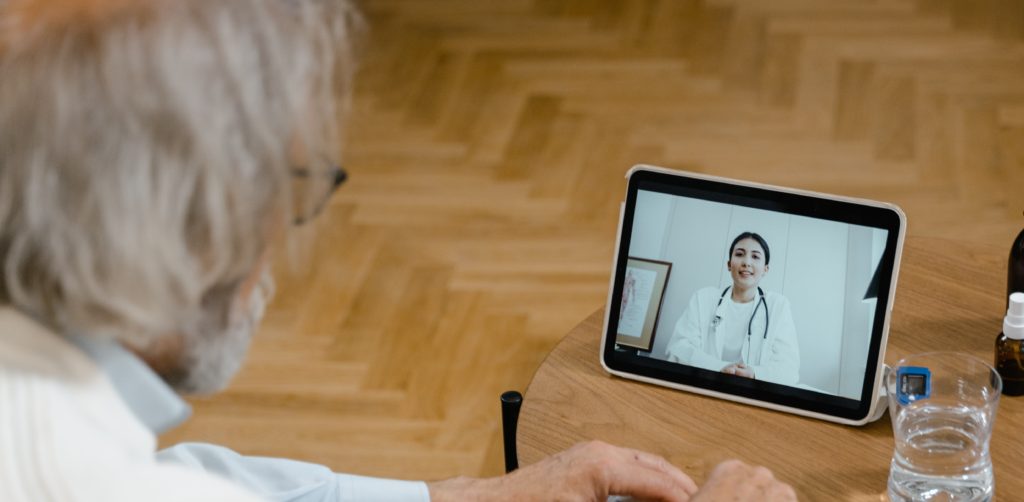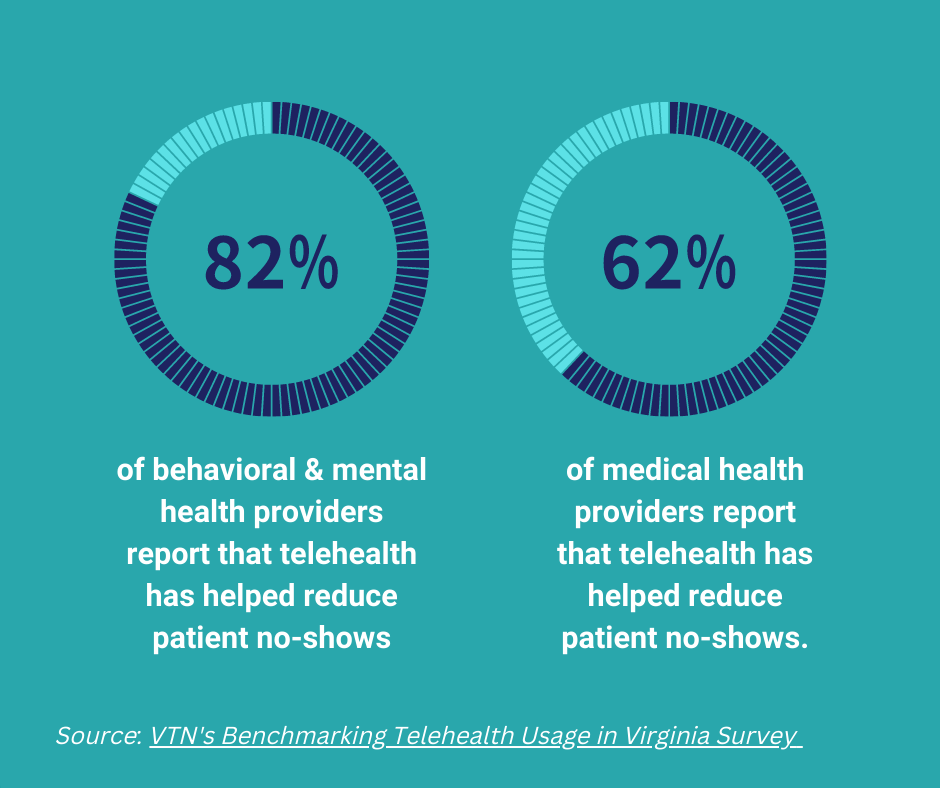While telehealth may have been perceived as a temporary fix during the height of the pandemic, we’re seeing a push for it to become a standard for receiving care as well as new technologies to support these exciting next steps. This month’s news roundup includes telehealth for managing hypertension and reducing appointment no-shows; virtual care coming to Smart TVs; and physicians’ approval of telehealth as a tool to treat opioid use disorders.
Bringing Virtual Care to the Small Screen
Patients will soon have access to appointments through their smart TVs. Samsung is partnering with a virtual primary care company to provide consumers access to long-term primary care to address ongoing health conditions as well as preventative care and referrals. Patients will use the built-in camera on their TVs to connect with a doctor of their choice.
Learn more about virtual care coming to Smart TVs.
Reducing No-Show Rates for Surgical Patients
A recent study found that telehealth helped decrease no-show rates among surgical patients and led to improved health care access. Researchers created three groups and found that the no-show rate was higher for the in-person cohort compared to the telehealth group by over 9 percent.
Read more about telehealth reducing no-show rates for surgical patients.
Majority of Doctors Approve of Telehealth to Treat Opioid Use Disorder
New research from the Yale School of Public Health shows that the majority of physicians who used telehealth to treat patients with opioid use disorder during the pandemic want to be able to continue using it. This survey is bolstered by studies that have found telehealth effective in expanding access to opioid use disorder treatment and even linked its use to a drop in overdose numbers.
Read more about how physicians want to continue using telehealth to treat opioid use disorder.
An Effective Alternative for Managing High Blood Pressure
Nearly half of U.S. adults have high blood pressure, but only about 1 in 5 has it under control. A new study published in the American Heart Association journal has found that telehealth care by pharmacists is an effective alternative to clinic-based care for managing hypertension, and in many cases, preferred by patients. This study and others are demonstrating how effective telehealth can be in managing chronic diseases.
Learn more about how telehealth can be an effective tool in treating high blood pressure.
What’s Next for Telehealth?
We’ve seen that telehealth can connect many populations with many types of care, including remote patient monitoring, telemedicine in real time, provider collaboration, and others. To ensure that each of these services continue to progress and reduce financial barriers for patients, areas of focus should include incorporating telehealth into mainstream medical practices, considering how data is collected via remote monitoring devices, and imagining how AI technologies could assist physicians in analyzing this data.
Learn more about what’s next for telehealth and the building blocks that will get us there.


